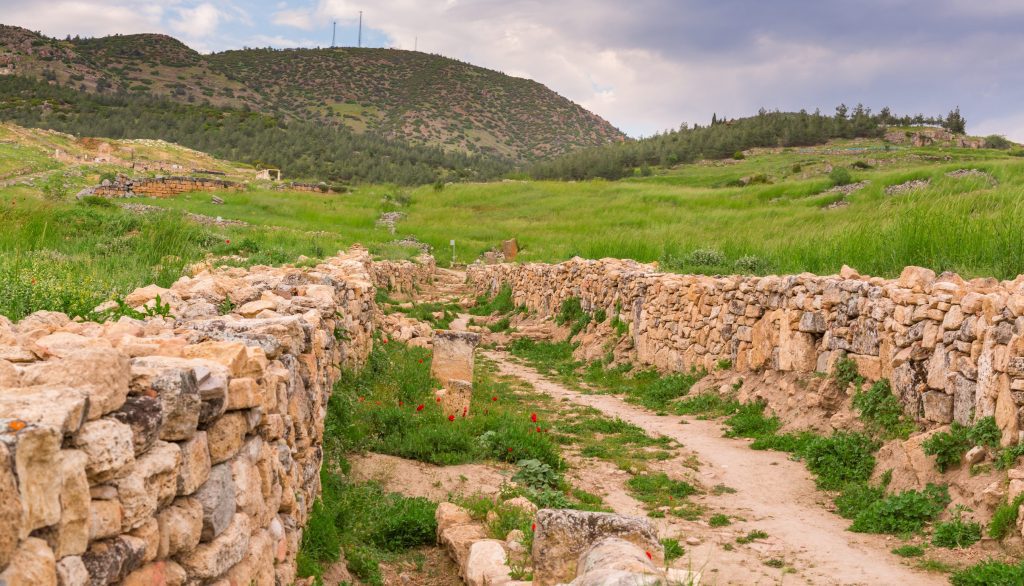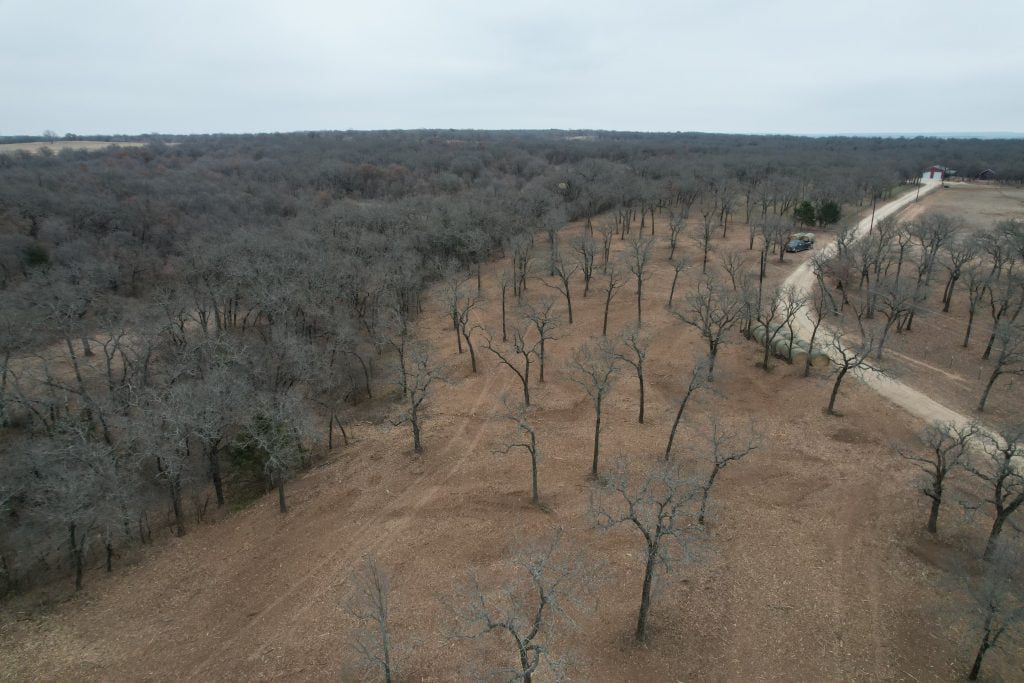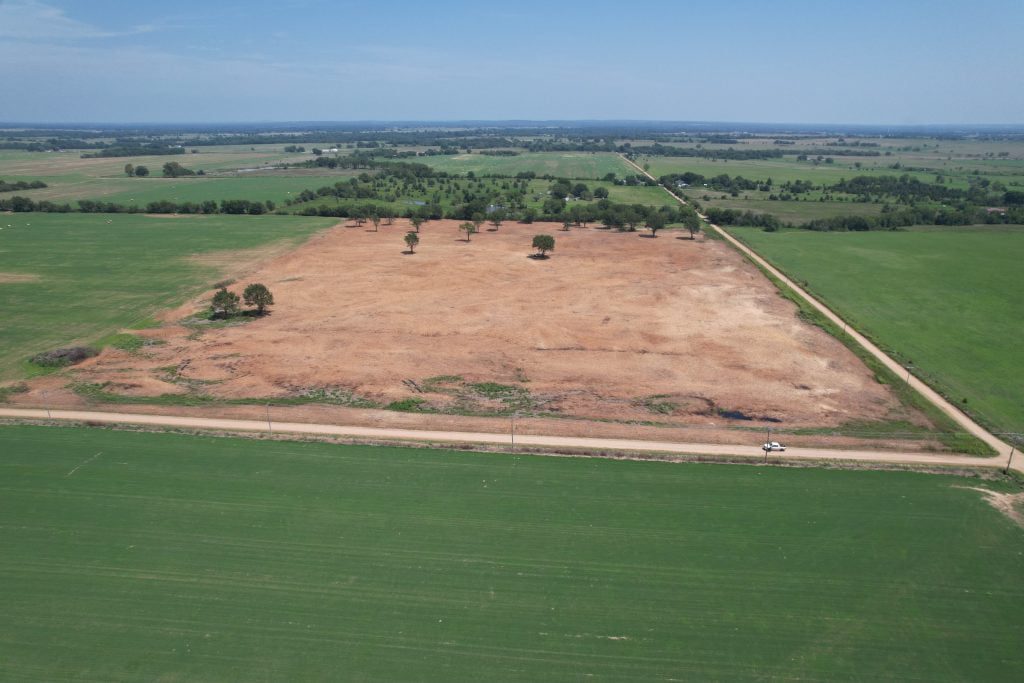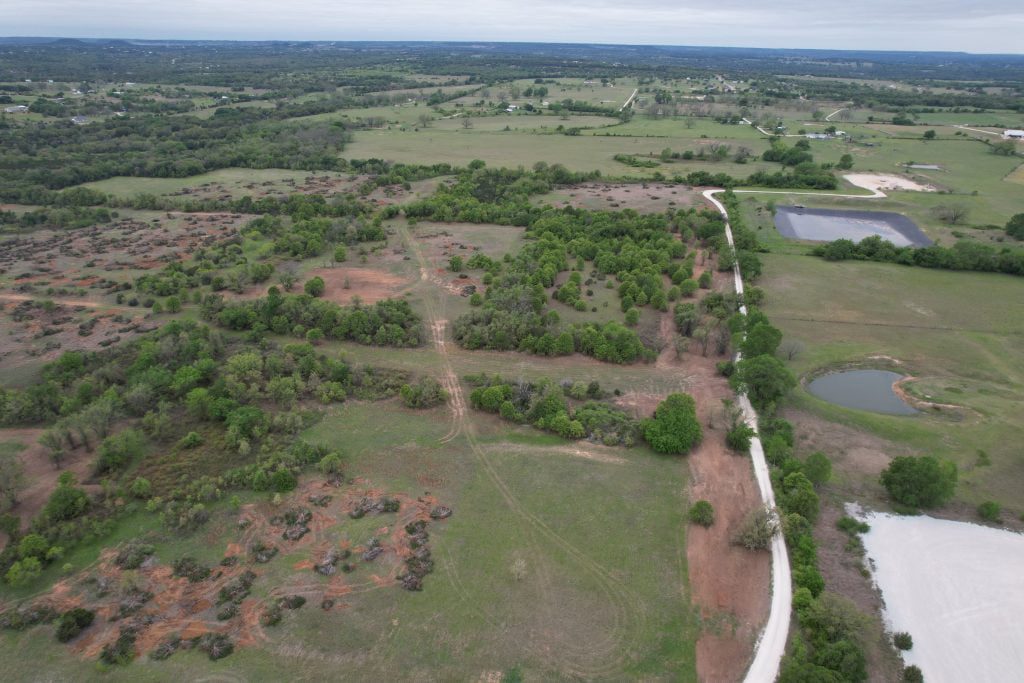Stewart Ranch Services
Bowie, Texas
Alief Road Building in Alief TX
DESIGN YOUR DREAM
PROPERTY
LAND
ACREAGE
DEVELOPMENT SITE
POND
Alief Road Building: The Process and Equipment Necessary for Construction in Texas
The journey of road construction unfolds over time, progressing from primitive mud and brick roads to the adoption of advanced machinery. This historical metamorphosis has been instrumental in establishing vital connections between communities. Shifting our gaze to the present, we closely examine Alief road-building techniques, exploring the intricate methods and essential equipment components vital for successful projects in locales such as Alief, Texas. The incorporation of materials like stone or mud bricks adds a significant dimension, emphasizing the importance of sustainability in contemporary construction endeavors.
Key Takeaways
Table of Contents
The Evolution of Alief Road Building

The historical narrative of road construction stands as a crucial element in the story of human development, influencing the path of societal progress. From primitive building materials to the cutting-edge technology of today, there have been notable improvements in the techniques of road construction.
Urban thoroughfares and rural pathways have assumed vital roles in facilitating commerce, prompting the adoption of innovative strategies and resources to address the growing demand for convenience. This examination guides us through the historical epochs, from ancient marketplace avenues to the contemporary scenario of road building in Alief, TX.
Ancient Roads
Essential for regional communication since ancient times, roads have consistently evolved.
In Mesopotamia, early roads showcased innovation, using mud bricks with bitumen and raised centers for improved drainage and a smoother journey. The landscape of road construction underwent substantial changes during World War II, prioritizing efficient interconnection between urban areas, ranches, and farms through swift transport systems.
This era initiated a transformative phase for rural roads across the nation, emphasizing not only construction but also the maintenance of highways and related features like farm roads and ranch paths. The consideration of proper drainage system designs played a pivotal role in this evolutionary process.
Modern Road Construction
The landscape of road building in Alief, TX has witnessed a significant improvement, fueled by the integration of advanced components and machinery. Contemporary construction techniques encompass a wide array of materials, from soil stabilizers and asphalt to concrete and dry lean concrete. This evolution not only results in reduced costs for road maintenance but also enhances the overall durability of the roads.
Asphalt, a key component, is composed of 95% aggregate and 5% binder. Similarly, concrete, commonly used by the Texas Department of Transportation for highways and major asphalt roads, is a blend of water, sand, cement, and aggregates. The choice between these materials depends on various factors, including the intended purpose of the roadway, traffic volume, and geographical conditions.
Recent advancements have ushered in a new era of rapid progress in road construction, thanks to the use of advanced machinery like excavators, compact track loaders, and dump trucks. These technological innovations contribute to a higher level of precision and efficiency in the construction process.
In addition to excavators and dump trucks, wheel loaders, in conjunction with dump trucks, are frequently utilized. Additionally, advanced paving equipment plays a pivotal role in the construction of farm/ranch roads and urban pathways. It’s worth noting that while Texas has specific requirements, placing a significant emphasis on cost considerations, various regional elements are also taken into account.
Alief Road Building - Essential Steps

Road construction is a complicated and intricate process that must take various essential phases into account to bring about success. From the very outset of envisioning it in terms of design as well as execution through land clearing, earthworks, paving, and quality control. Each component plays an important role in providing security and stability on the roads built.
To go in-depth: planning needs to be done carefully before any project gets underway followed by thorough land clearing works which include digging trenches, tree removal, or grading soil at times. Planning also includes a cost analysis, scheduling, and logistics like securing the proper equipment, labor, and any subcontractors.
Other steps involve implementing asphalt coverings plus assuring maximum durability with stringent oversight from high-quality assurance measures.
Stewart Ranch Services offers you a free quote, being the starting point for the completion of your project in Alief Texas, and surrounding areas.
Planning and Design
Road building in Alief, Texas initiates with meticulous planning, a pivotal phase ensuring overall success. In this process, critical aspects such as existing and anticipated traffic patterns, comprehensive cost-analysis data, design blueprints, and financial requisites are meticulously considered. Notably, the involvement of civil engineers and city planners is indispensable to kickstart a detailed planning process before entrusting the responsibility to the construction entities.
The execution of road engineering projects mandates careful deliberation on various factors, including the establishment of speed limits based on the types of vehicles traversing the roads. Additionally, considerations encompass angle grading, thorough assessments of view obstructions, and the determination of necessary braking distances. These elements collectively aim to uphold safety standards tailored to the local community’s needs, ensuring a seamless driving experience while prioritizing drivers’ comfort.
Land Clearing and Site Preparation
Land clearing and site prep are vital aspects of the process of road building in Alief. It involves clearing vegetation, tree removal, and other materials from the land before any actual building begins. Grading and excavation are also important parts of site prep to create an even ground surface for future work, as well as ensure proper drainage so there will not be water build-up which may lead to problems like potholes in completed roads on farms or ranches.
Land clearing is an essential part of any construction project. They refer to the necessary steps to prepare the land for construction, whether for a building, or road, among others. Land clearing may include adding or removing rock, dirt, trees, and soil, trenching, ground excavation, embankment construction, and filling placement.
The use of advanced equipment such as farm machinery, mini-excavators, and compact track loaders makes this land-clearing task much faster while also being more precise with regard to height measurements along surfaces during grading stages that include moving soil to flatten, build, and tilt road location.
Culverts need installing too just in case flooding could occur that would otherwise disrupt productivity going forward when it comes down to connecting markets onto local farmers’ lands via good quality access routes.
These tools then form part of an ideal foundation-laying system enabling projects around rural areas designed for driving cars safely without experiencing bumps caused by standing rainfall pools or overall lacking structure underneath what appears visually on top.
The application of paint on pavement and road markings
At the crux of highway safety and efficiency is the meticulous application of pavement markings that clearly outline directions and lanes.
Tips for pavement and road marking:
Road marking regulations:
Adhering to the distinct road marking regulations of each country is crucial for those involved in extensive road marking projects. The ability to paint a variety of lines and symbols in line with these standards is paramount. Utilizing a multi-gun, multi-color setup, particularly a striper with automatic gun control, facilitates the creation of precise broken lines.
Curb Marking:
Navigating the challenges of curb marking is a common issue in pavement marking projects. The 90° angle of curbs requires a specialized gun configuration for effective spraying, overcoming this frequent obstacle.
Reflective road marking:
Reflective road marking introduces an additional layer of complexity, calling for a special material with glass microspheres. The application of these microspheres necessitates specific equipment, such as the Graco Linelazer HP reflective series, equipped with a pressurized bead reservoir. This advanced system features an adjustable nozzle for precise control over the width of the microsphere dispersion, ensuring heightened accuracy.
Alief Road Building - Farm to Market and Ranch Roads

Farm roads are unique in their purpose, connecting rural areas to urban centers while permitting the transportation of people and goods through these pathways. Creating such a road is no easy feat. There must be measures taken to guarantee its safety as well as durability during construction.
The process begins with assessing the terrain for suitable route design, securing permits from appropriate authorities followed by land clearing and soil preparation before building can begin.
During this stage grading takes place along with paving using asphalt or concrete depending on project needs plus fitting drainage systems complete switchbacks and walls where required for hilly locations too. Every step is vital towards creating safe functional routes that meet local demands when it comes to agricultural purposes including ranches etc.
Finally, ongoing maintenance inspection ensures good condition preservation alongside signage and installation (like gutter curbs) whose main job is water control designed to help prevent flooding, especially at times of heavy traffic.
Alief Road Building - Sustainable Practices

In the realm of road building in Alief, TX, environmental considerations drive the need for sustainable practices to minimize ecological impact. The focus is on selecting materials with a reduced environmental footprint that can decompose in an eco-friendly manner during production.
Opting for recycled asphalt and concrete instead of new materials, and designing durable products for prolonged lifespan, proves to be an effective strategy. This approach not only reduces material usage but also leads to significant cost savings in long-term maintenance. Integrating these practices into current road construction methodologies is pivotal for the development of more environmentally friendly options in the future.
Case Study: Successful Road Construction Project in Texas

El Paso’s I-10 revitalization and widening project stands as a noteworthy example of adeptly managing the complexities of road construction, akin to similar endeavors in Alief and San Antonio.
Success in this project relied on comprehensive preparation in terms of budgeting and adherence to stringent timelines. A pivotal aspect was the involvement of experienced personnel dedicated to continuous training and unwavering adherence to safety protocols. Equally crucial was the utilization of cutting-edge machinery, ensuring precision and expediting overall completion.
This case study underscores the significance of employing advanced techniques in roadwork, showcasing positive outcomes resulting from deliberate planning, skilled labor, and the use of state-of-the-art equipment within the unique context of highway construction in Texas.
Summary
The remarkable evolution of road construction, progressing from ancient civilizations’ mud bricks and stone to today’s cutting-edge materials and machinery, is a testament to human innovation. Crucial to the success of any project is meticulous planning and thorough site preparation.
In Alief, road building has assumed heightened significance in our increasingly interconnected world. It is imperative to prioritize the creation of safe and resilient roads that can endure for generations. This involves implementing best practices at every construction stage, including sourcing appropriate materials like mud or any other necessary supplies.
Frequently Asked Questions
What is the meaning of road building?
The process of road construction commonly employs materials like asphalt and concrete, sourced from mining locations that transport gravel to various plants for production. These resources are vital in Alief road-building initiatives.
How do you build a road?
Precision is paramount in Alief road-building, starting with land clearing, grading, and subgrade work.
- Subgrade: Removing existing grass and topsoil during subgrade work ensures a solid road foundation.
- Material type: Materials like road base, crushed concrete, screened gravel, and asphalt millings play a vital role in constructing durable roads.
Stewart Ranch Services specializes in Alief road-building projects, providing a holistic solution from land preparation to the final surface course. Entrust your road infrastructure needs to us for a reliable and enduring result.
